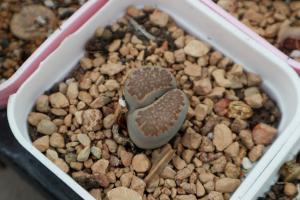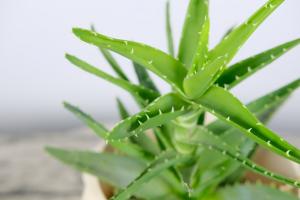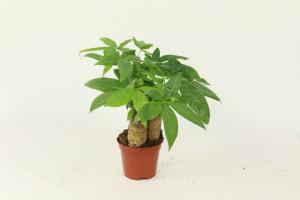How to Kill White Mold in Plant Potting Soil
If you see white mold growing in your plant potting soil, don't panic. This is a common problem, and it can be solved with the right techniques. In this article, we will give you some tips on how to get rid of white mold in plant potting soil.
1. Identification of White Mold
Before you start thinking about how to get rid of white mold in plant potting soil, you should first verify that it is, in fact, white mold. White mold is a type of fungus that looks like a powdery, white substance. It can grow on the surface of the soil, on plant stems or even on the leaves.
If you aren’t sure if it is white mold, you can take the soil and the infected plants to a local nursery or research online images of molds or fungus.
2. Dispose of Infected Plants and Soil
If the white mold has infected the roots or the whole plant, it should be removed and disposed of immediately. If not removed, the disease can easily spread and infect other plants. Infected soil should also be discarded, not mixed with other fresh soil.
It is best not to compost the infected plants or soil and to seal them in a bag before throwing them out to reduce the risk of spreading the mold any further.
3. Use Fungicides
When dealing with white mold in potting soil, fungicides can be effective in killing off white mold. Look for products specifically labeled for white mold on plant soil. Applying a fungicide following the instructions will prevent mold spores from colonizing new plants.
However, for safety reasons, be sure to use protective clothing when applying fungicides. Follow the instructions carefully and avoid overusing them as it can damage or kill off beneficial microbes and worms that help your soil stay healthy.
4. Increase Air Circulation
In humid and damp environments, it is easy for mold to thrive. Increasing the air circulation around your plants can help to reduce the humidity levels in the soil and the air, making the environment less conducive to mold growth.
One simple way to increase the air flow is by moving the plant to a more open space or by opening windows or doors. You can also use a fan to create more air circulation around the plants.
5. Keep Your Plant Soil Dry and Healthy
Since mold thrives on moist soil, keeping your potting soil dry is essential to prevent mold growth. Avoid overwatering your plants, and choose pots with drainage holes to avoid water buildup in the soil.
You can also use a gentle and natural potting mix that will keep your soil healthy and promote plant growth. Add some organic matter such as compost, fertility blends or manure to replenish the nutrients and reduce soil compaction.
Conclusion
White mold in plant potting soil can be a frustrating problem, but it can be solved with the above techniques. It is important to identify the mold first and remove infected plants and soil properly. Use fungicides, increase air circulation, keep your soil dry and healthy can prevent mold spores from colonizing and killing new plants. By taking proper preventative measures, you can keep your plants healthy and thriving.

 how many times do yo...
how many times do yo... how many planted tre...
how many planted tre... how many pine trees ...
how many pine trees ... how many pecan trees...
how many pecan trees... how many plants comp...
how many plants comp... how many plants can ...
how many plants can ... how many plants and ...
how many plants and ... how many pepper plan...
how many pepper plan...































